calsfoundation@cals.org
Barker-Karpis Gang
aka: Ma Barker Gang
The Barker-Karpis Gang, later known as the “Ma Barker Gang,” was a famous criminal group of the Depression era. Led by Alvin “Creepy” Karpis (1907–1979) and Fred Barker (1903–1935) during most of its criminal tenure, the lethal gang consisted of many different individuals over the course of its exploits. Some of the core members besides Karpis and Barker were Arthur “Doc” Barker (brother of Fred), Lawrence DeVol, Harvey Bailey, Frank “Jelly” Nash, Bernard Phillips, Harry Sawyer, Volney Davis, Harry Campbell, and Verne Miller. Although most well known for committing crimes throughout the Midwest, the gang’s first murder was of a town marshal in Pocahontas (Randolph County), and members later holed up in Hot Springs (Garland County).
Fred Barker and Alvin Karpis became acquainted while they were both incarcerated at the Kansas State Penitentiary in Lansing, Kansas. Shortly after their release, they were arrested again in June 1931 in Tulsa, Oklahoma, for the theft of some jewelry. Barker escaped from jail after he was transferred to Claremore, Oklahoma, shortly after his arrest. On September 10, 1931, Karpis pleaded guilty to the burglary but received a four-year suspended jail sentence. After his release, Karpis joined Barker in Thayer, Missouri. It was here that the Barkers’ mother, Kate “Ma” Barker, lived with Arthur W. Dunlop on a rented farm.
Before daylight on November 8, 1931, Fred Barker, William Weaver, and quite possibly Alvin Karpis were driving around the town of Pocahontas looking for places to rob. Their vehicle stopped to allow Weaver to answer a call of nature while the night marshal of the town, Manley Jackson, began jotting down the car’s license plate number. Jackson, who had been on patrol most of the night, was summoned into the car at gunpoint by Fred Barker. The officer was driven several miles outside of Pocahontas, and Barker shot him numerous times in the back with a .45 caliber pistol. His body was found later in the day, at about 11:00 a.m., by local residents Charles Johnson and his wife.
Soon after the murder of Jackson, two local men—Lige Dame and Earl Decker—were accused and convicted of the crime. Dame eventually confessed to the murder, but he repudiated his statements several times in the months and years afterward. In his confession, he accused the Pocahontas chief of police, John G. Slayton, of hiring him to commit the murder. It was not until the 1971 publishing of Alvin Karpis’s autobiography that the murder of the night marshal was attributed in detail to Fred Barker.
This incident with the night marshal marked a beginning of the evolution of the Barker-Karpis Gang. The month after the murder, Barker, Karpis, and Weaver were involved with the murder of Sheriff C. Roy Kelly of West Plains, Missouri, after they burglarized stores in that town. After leaving a trail in Missouri, they went to the criminal safe haven of the gangster era—St. Paul, Minnesota, where the gang began to take shape. One of the seasoned criminals they met during this time was Frank “Jelly” Nash, a former Arkansas resident and experienced bank robber. Nash would accompany the gang on several bank heists.
Between 1932 and 1935, the Barker-Karpis Gang robbed dozens of banks and committed two kidnappings. Some of their most successful bank robberies amounted to $250,000 and up. On June 15, 1933, the gang kidnapped William A. Hamm Jr., a wealthy St. Paul beer brewer, and held him for a $100,000 ransom. On January 17, 1934, they kidnapped the president of the Commercial State Bank of St. Paul, Edward George Bremer. They were able to ransom $200,000, but the fingerprints of “Doc” Barker were found on a gas can left at the scene of the ransom exchange. The Federal Bureau of Investigation (FBI) was soon on the gang’s trail.
The members of the gang scattered and hid out in areas across the country after the Bremer kidnapping. In 1934, the FBI had already taken down such criminals as John Dillinger, Bonnie and Clyde, Pretty Boy Floyd, and Baby Face Nelson. This left the Barker-Karpis Gang at the forefront of their attention. On January 16, 1935, federal agents fired about 1,500 rounds of ammunition into a house located on Lake Weir in Ocklawaha, Florida, killing Fred Barker and “Ma” Barker.
At this time, Alvin Karpis was still on the run, and in June 1935, he was in the resort town of Hot Springs. He used the town for his hideout off and on for the next several months. Hot Springs had one of the most corrupt police departments in the United States at the time and was a safe haven for many criminals of the era. In the later part of 1935 and early 1936, Karpis and his accomplice Fred Hunter stayed at two different cottages on Lake Catherine and Lake Hamilton. Karpis and Hunter moved frequently in the Hot Springs area, as they knew the FBI and U.S. postal investigators were in the area looking for clues to their whereabouts.
In March 1936, Karpis rented a house on Malvern Road between Malvern (Hot Spring County) and Hot Springs. On March 30, 1936, the FBI raided the house only to find that Karpis had already fled to New Orleans, Louisiana. He continued to evade the FBI for another month until, on May 1, 1936, Karpis and Hunter were apprehended by FBI agents and Director J. Edgar Hoover. On July 27, Karpis pleaded guilty to charges from the Hamm kidnapping and was sentenced to life imprisonment, entering his incarceration at Alcatraz (where most of his prison time was spent). Karpis served nearly thirty-three years of his life sentence and was released from prison in December 1968. Karpis died on August 26, 1979, from an overdose of sleeping pills while living in Spain.
The 1970 movie Bloody Mama was loosely based on the exploits of the Barker-Karpis Gang. Directed by Roger Corman and starring Shelley Winters and Robert De Niro, it was filmed in the Arkansas Ozarks and Little Rock (Pulaski County).
For additional information:
“Barker-Karpis Gang Summary.” Federal Bureau of Investigation. http://vault.fbi.gov/barker-karpis-gang/ (accessed January 31, 2022).
Burrough, Bryan. Public Enemies: America’s Greatest Crime Wave and the Birth of the FBI, 1933–34. New York: Penguin Press, 2004.
Helmer, William J., and Rick Mattix. The Complete Public Enemy Almanac. Nashville, TN: Cumberland House, 2007.
Karpis, Alvin, with Bill Trent. The Alvin Karpis Story. New York: Coward, McCann & Geoghegan, Inc., 1971.
Kazanjian, Howard, and Chris Enss. Ma Barker: America’s Most Wanted Mother. Guilford, CT: Globe Pequot Press/TwoDot, 2017.
“Lige Dame First Confesses then Denies Killing.” Randolph County Star Herald, December 24, 1931, p. 1.
“Night Marshal Brutally Killed Sunday Morning.” Randolph County Star Herald, November 12, 1931, p. 1.
“Slayton Occupies Stand During Trial.” Randolph County Star Herald, July 4, 1934, p. 1.
Will Walker
Pocahontas, Arkansas
 Early Twentieth Century, 1901 through 1940
Early Twentieth Century, 1901 through 1940 Law
Law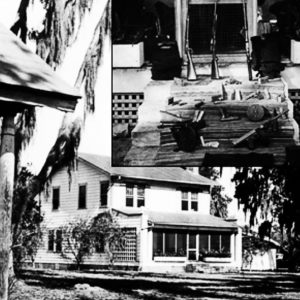 Barker Home
Barker Home 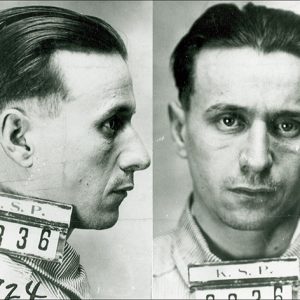 Fred Barker
Fred Barker 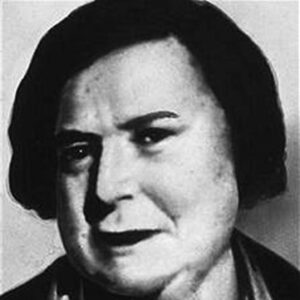 Ma Barker
Ma Barker  Arthur "Doc" Barker
Arthur "Doc" Barker 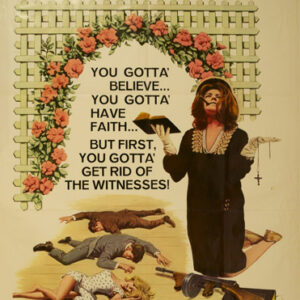 Bloody Mama
Bloody Mama  Hoover and Karpis
Hoover and Karpis 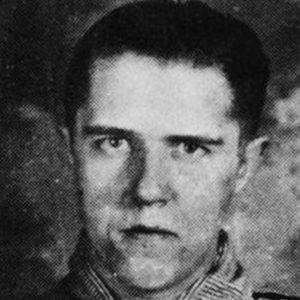 Alvin Karpis
Alvin Karpis 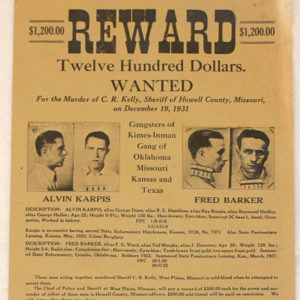 Wanted Poster
Wanted Poster 




Comments
No comments on this entry yet.